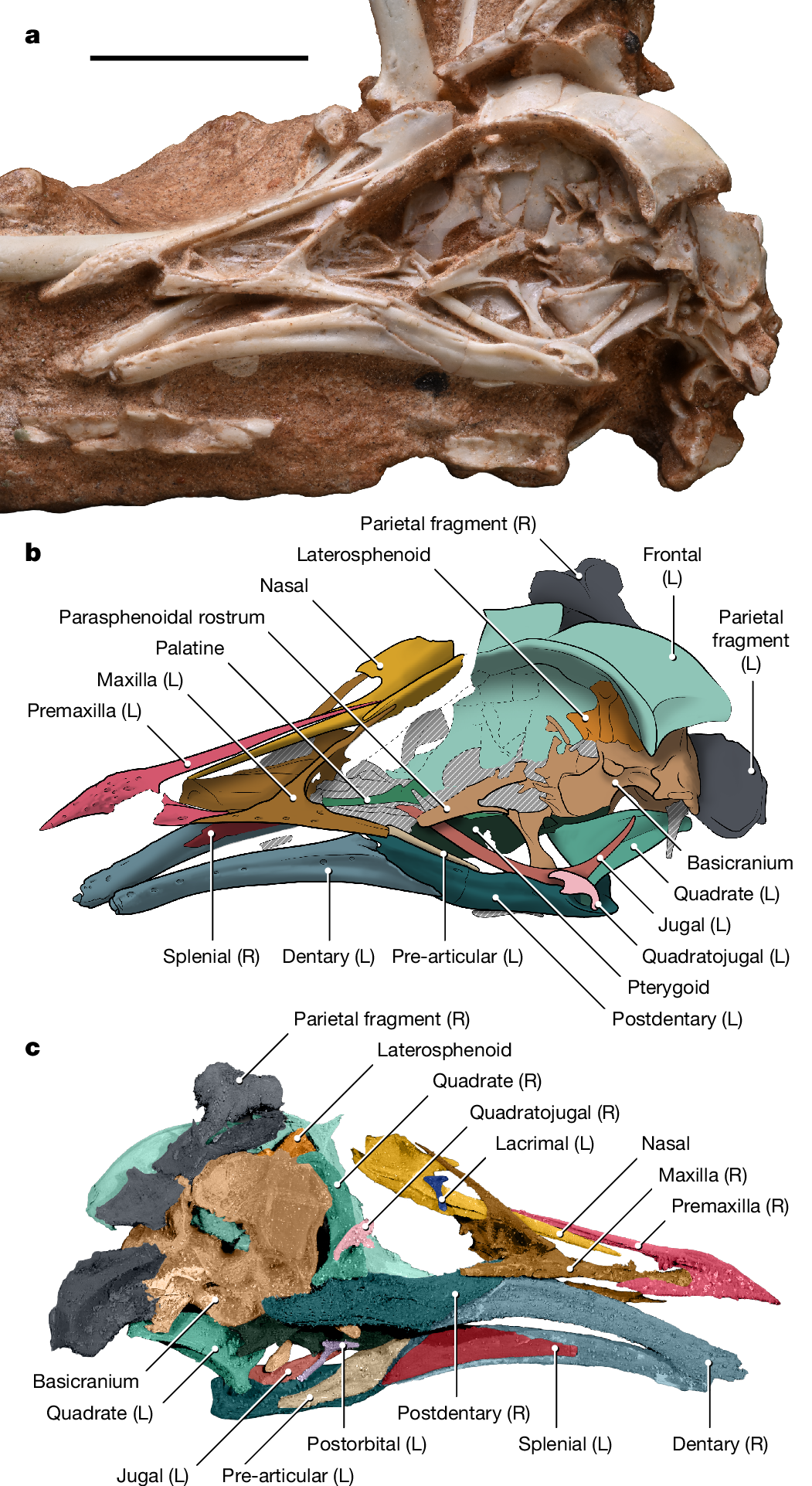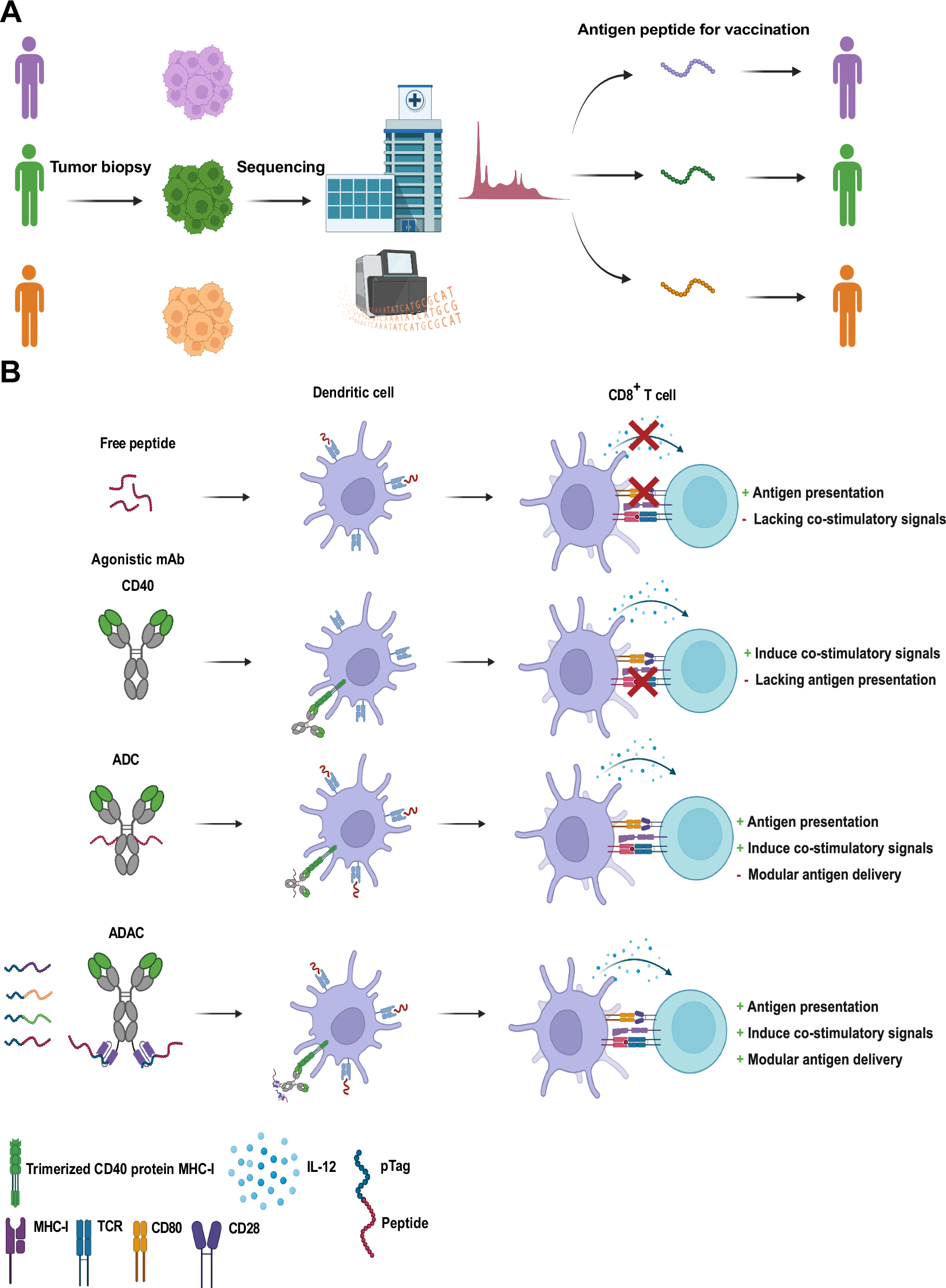2024-11-13 ケンブリッジ大学
<関連情報>
- https://www.cam.ac.uk/stories/roots-of-bird-intelligence
- https://www.nature.com/articles/s41586-024-08114-4
ブラジルで発見された白亜紀の鳥類から、鳥類の頭蓋骨と脳の進化がわかる Cretaceous bird from Brazil informs the evolution of the avian skull and brain
Luis M. Chiappe,Guillermo Navalón,Agustín G. Martinelli,Ismar de Souza Carvalho,Rodrigo Miloni Santucci,Yun-Hsin Wu & Daniel J. Field
Nature Published:30 October 2024
DOI:https://doi.org/10.1038/s41586-024-08114-4

Abstract
A dearth of Mesozoic-aged, three-dimensional fossils hinders understanding of the origin of the distinctive skull and brain of modern (crown) birds1. Here we report Navaornis hestiae gen. et sp. nov., an exquisitely preserved fossil species from the Late Cretaceous of Brazil. The skull of Navaornis is toothless and large-eyed, with a vaulted cranium closely resembling the condition in crown birds; however, phylogenetic analyses recover Navaornis in Enantiornithes, a highly diverse clade of Mesozoic stem birds. Despite an overall geometry quantitatively indistinguishable from crown birds, the skull of Navaornis retains numerous plesiomorphies including a maxilla-dominated rostrum, an akinetic palate, a diapsid temporal configuration, a small cerebellum and a weakly expanded telencephalon. These archaic neurocranial traits are combined with a crown bird-like degree of brain flexion and a bony labyrinth comparable in shape to those of many crown birds but substantially larger. Altogether, the emergent cranial geometry of Navaornis shows an unprecedented degree of similarity between crown birds and enantiornithines, groups last sharing a common ancestor more than 130 million years ago2. Navaornis provides long-sought insight into the detailed cranial and endocranial morphology of stem birds phylogenetically crownward of Archaeopteryx, clarifying the pattern and timing by which the distinctive neuroanatomy of living birds was assembled.

